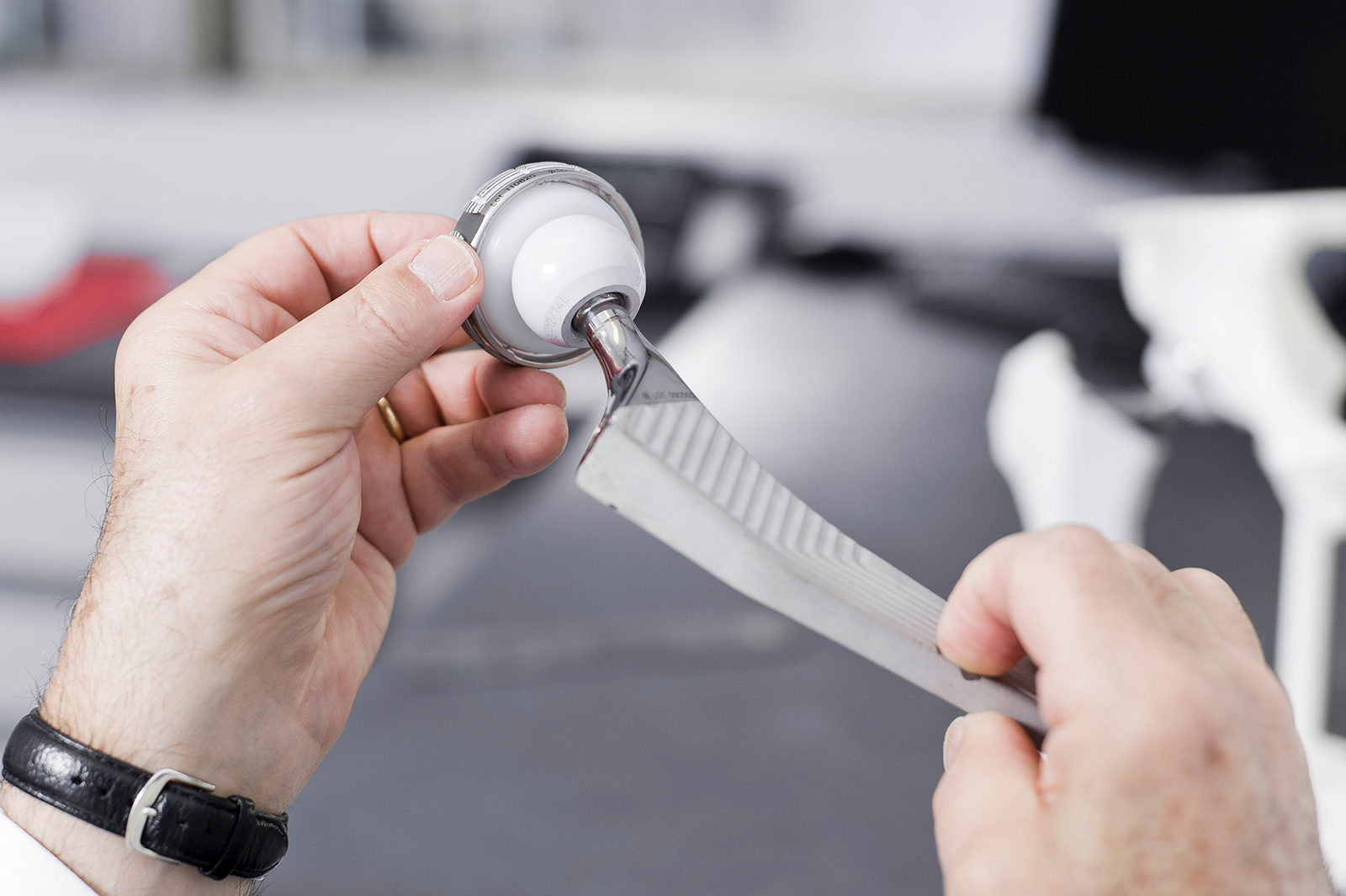Does Success of Hip Fracture Surgery Recovery Depend on Speed to Surgery?
According to a number of different sources, over 300,000 seniors (65 and older) end up in the hospital every year as the result of a hip fracture. What’s more, 95% of these hip fractures are the direct result of a fall. In fact, it is estimated that around 30% of seniors experience 1 fall each year.
Consequences of hip fractures may include:
- Hospitalization and surgery
- Substantial medical costs
- Extensive rehabilitation in a long-term care facility
- Decreased mobility and loss of independence
- Social isolation and depression
- Premature death
The medical care provided after a hip fracture is costly both to the individual and to the government. While not all falls result in a hip fracture, the average cost of a fall injury is over $30,000, while the combined cost to both Medicare and Medicaid is approximately 38 billion dollars annually. This cost is expected to increase as the senior population grows.
My mother-in-law fell and broke her hip when she was 89 years old. She ended up in the hospital and had surgery to repair her hip. The surgery went well but her heart was weak and just gave out before she left the hospital. This is a tale that has hit many a family in the United States and throughout the world.
In many cases of hip fracture surgery, it’s not the heart that proves to be the problem, but recovering from the hip surgery. This led to a study of thousands of patients around the world that required surgery to repair this hip fracture as reported:
HIP ATTACK was an international, randomised, controlled trial done at 69 hospitals in 17 countries. Patients with a hip fracture that required surgery and were aged 45 years or older were eligible. Research personnel randomly assigned patients (1:1) through a central computerised randomisation system using randomly varying block sizes to either accelerated surgery (goal of surgery within 6 h of diagnosis) or standard care. The coprimary outcomes were mortality and a composite of major complications (ie, mortality and non-fatal myocardial infarction, stroke, venous thromboembolism, sepsis, pneumonia, life-threatening bleeding, and major bleeding) at 90 days after randomisation. Patients, health-care providers, and study staff were aware of treatment assignment, but outcome adjudicators were masked to treatment allocation. Patients were analysed according to the intention-to-treat principle.
One would tend to think that the sooner someone has surgery to repair their fractured hip that the better their recovery should be, but this study did not find any evidence to support such an idea, as reported:
Between March 14, 2014, and May 24, 2019, 27 701 patients were screened, of whom 7780 were eligible. 2970 of these were enrolled and randomly assigned to receive accelerated surgery (n=1487) or standard care (n=1483). The median time from hip fracture diagnosis to surgery was 6 h (IQR 4–9) in the accelerated-surgery group and 24 h (10–42) in the standard-care group (p<0·0001). 140 (9%) patients assigned to accelerated surgery and 154 (10%) assigned to standard care died, with a hazard ratio (HR) of 0·91 (95% CI 0·72 to 1·14) and absolute risk reduction (ARR) of 1% (−1 to 3; p=0·40). Major complications occurred in 321 (22%) patients assigned to accelerated surgery and 331 (22%) assigned to standard care, with an HR of 0·97 (0·83 to 1·13) and an ARR of 1% (−2 to 4; p=0·71).
Interpretation
Among patients with a hip fracture, accelerated surgery did not significantly lower the risk of mortality or a composite of major complications compared with standard care.
In other words, there is no significant difference between having surgery within 6 hours or 24 hours in the recovery from hip fracture surgery. Yes, surgery is important, but there appears to be no benefit to rushing into what’s known as accelerated surgery when compared to standard surgery a day later.
Sometimes it takes that extra time to help insure the overall health and stabilization of the patient which will help them recover just as well as rushing into the operating room.








Recent Comments